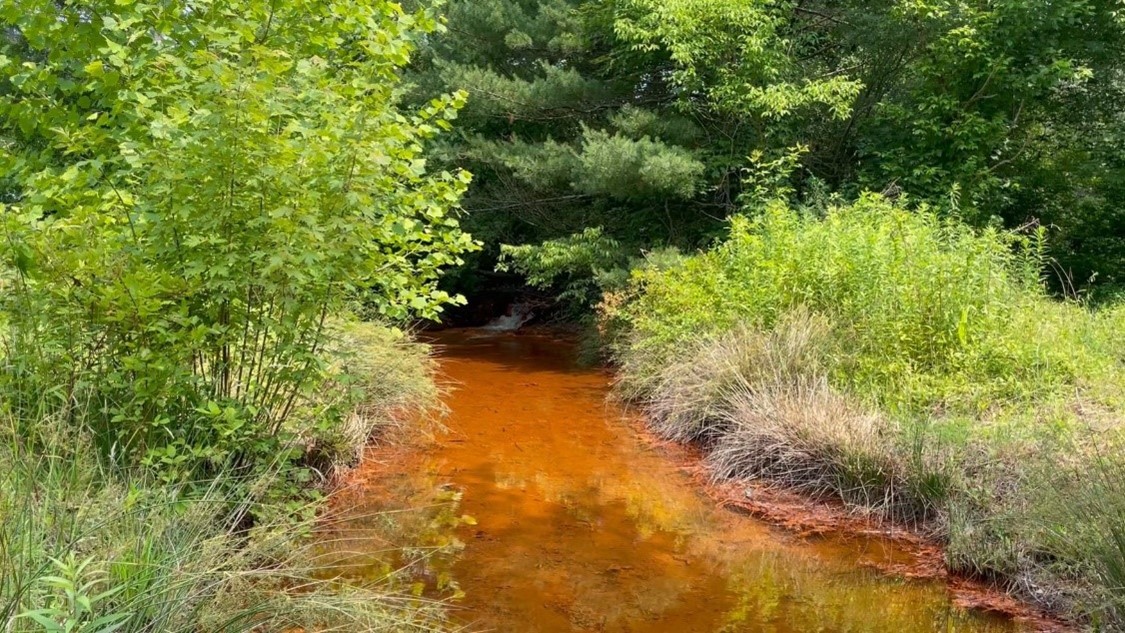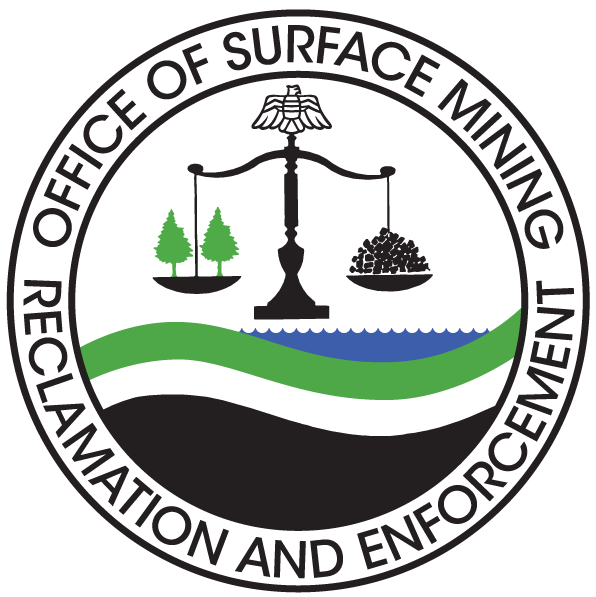Today marks the 2-year anniversary of the signing of the Bipartisan Infrastructure Law. The Bipartisan Infrastructure Law provides $11.3 billion over 15 years to help address dangerous health, safety, and environmental conditions and clean up pollution caused by historic coal mining. This funding, overseen and distributed by the Office of Surface Mining Reclamation and Enforcement, is enabling the reclamation of the majority of currently inventoried abandoned mine lands.
Nearly $725 million was allocated during the first year of the program, which has allowed states to close open mine portals, protect homes and infrastructure from subsidence and landslides, eliminate dangerous highwalls, create new recreation opportunities, and clean up water bodies polluted with acid mine drainage.
In June, the Department of the Interior announced the availability of another nearly $725 million in fiscal year 2023 funding to 22 states and the Navajo Nation to create good-paying jobs and catalyze economic opportunity by reclaiming abandoned coal mine lands.
Work-To-Date
The Abandoned Mine Land Program has:
- Reclaimed 440 abandoned mine land problems.
- Reclaimed 4,606 acres of abandoned mine lands across all AML programs during FY22 and FY23.
- Issued 370 project approvals across all AML programs in FY 2023, with 85 for purely Bipartisan Infrastructure Law funded projects, 261 for AML Fee-Based funding, 20 using AMLER funds, and four using a mix of funding sources. These approvals are issued after all necessary review (such as NEPA) has been completed, and the project in question is approved for construction.
- Awarded more than $31 million dollars in FY23 Bipartisan Infrastructure Law AML grants to Alaska, Arkansas, Colorado, Iowa, Kansas, New Mexico, and Maryland as of November 15.
Project Spotlight
Ohio’s Largest Acid Mine Drainage Site Clean Up
The Truetown Discharge, located in the Sunday Creek watershed, is the largest single acid mine drainage site in the state of Ohio, discharging 988 gallons of polluted water each minute. This amounts to more than 2 million pounds of iron oxide dumping into Sunday Creek each year, harming aquatic habitat in the creek before it flows into the Hocking River. A 39-acre facility— directly funded by the Bipartisan Infrastructure Law AML and the Abandoned Mine Land Economic Revitalization program—will treat approximately 1.4 million gallons of acid mine drainage daily, cleaning up Sunday Creek, while processing iron oxide for professional-grade paint pigment production and employing at least five full-time workers. For years, the Ohio Department of Natural Resources and community partners had wanted to undertake this work of cleaning up the local environment and stimulating the local economy. The infusion of Bipartisan Infrastructure Law funding is what ultimately made the difference in being able to move the nearly $5 million project forward, with construction work starting during spring 2023.

Click here to learn more about what the Bipartisan Infrastructure Law means for OSMRE's AML program.

